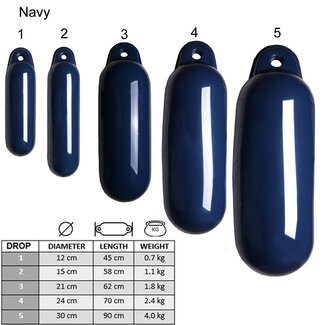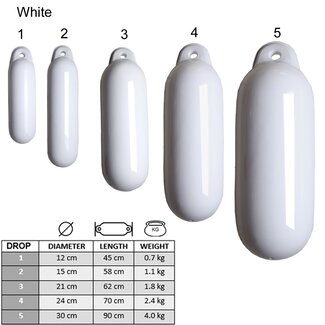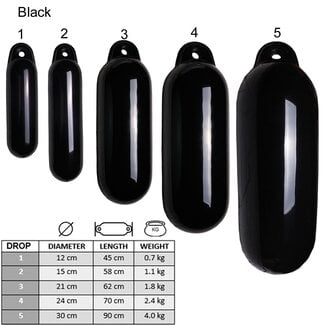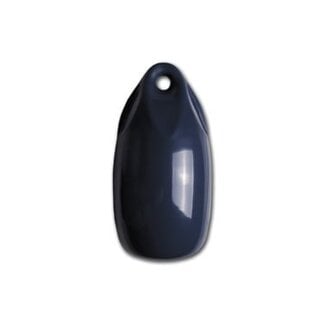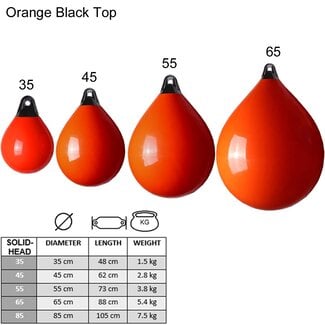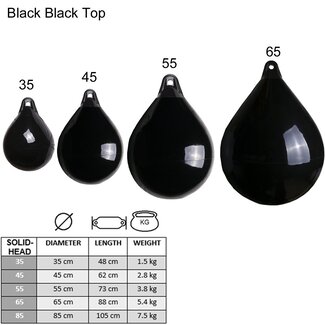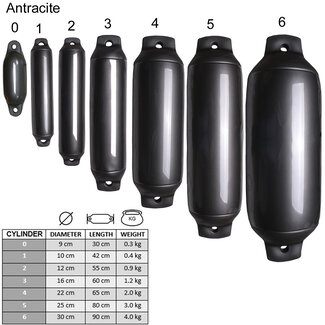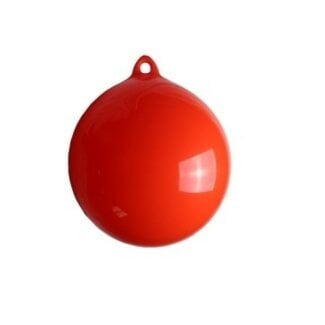Fenders are an important part of a boat's equipment, especially for those who regularly moor their boat in busy harbours or marinas. They help prevent damage to the boat when it collides with other boats, quays or other fixed objects. There are different types of fenders on the market, each with their own unique features and applications. In this category text, we will elaborate on the different types of fenders available for boats, their benefits and how best to use them.
One of the most common types of fenders for boats are spherical fenders. These are made of a flexible material, such as rubber or vinyl, and are shaped like a sphere. They are very effective at absorbing the forces created when a boat is resting against a solid object, and are therefore a popular choice for boats that often dock in busy harbours or marinas. Spherical fenders are also easy to use, as they can often be attached to the bow or stern of the boat with a rope or chain.
Another common type of fenders for boats are cylindrical fenders. They resemble spherical fenders, but are longer and slimmer in shape. Cylindrical fenders are usually made of rubber or vinyl and are very effective in absorbing the forces created when a boat is against a fixed object. They are also easy to use, as they can often be attached to the bow or stern of the boat with a rope or chain. Cylindrical fenders are a popular choice for boats that often dock in busy harbours or marinas, as they are very effective in protecting the boat from damage.
There are also fenders on the market specifically designed to protect the sides of a boat. These so-called "side fenders" are often made of rubber or vinyl and are longer and slimmer in shape than spherical or cylindrical fenders. They are designed to protect the sides of the boat from damage when it collides with other boats or fixed objects.


